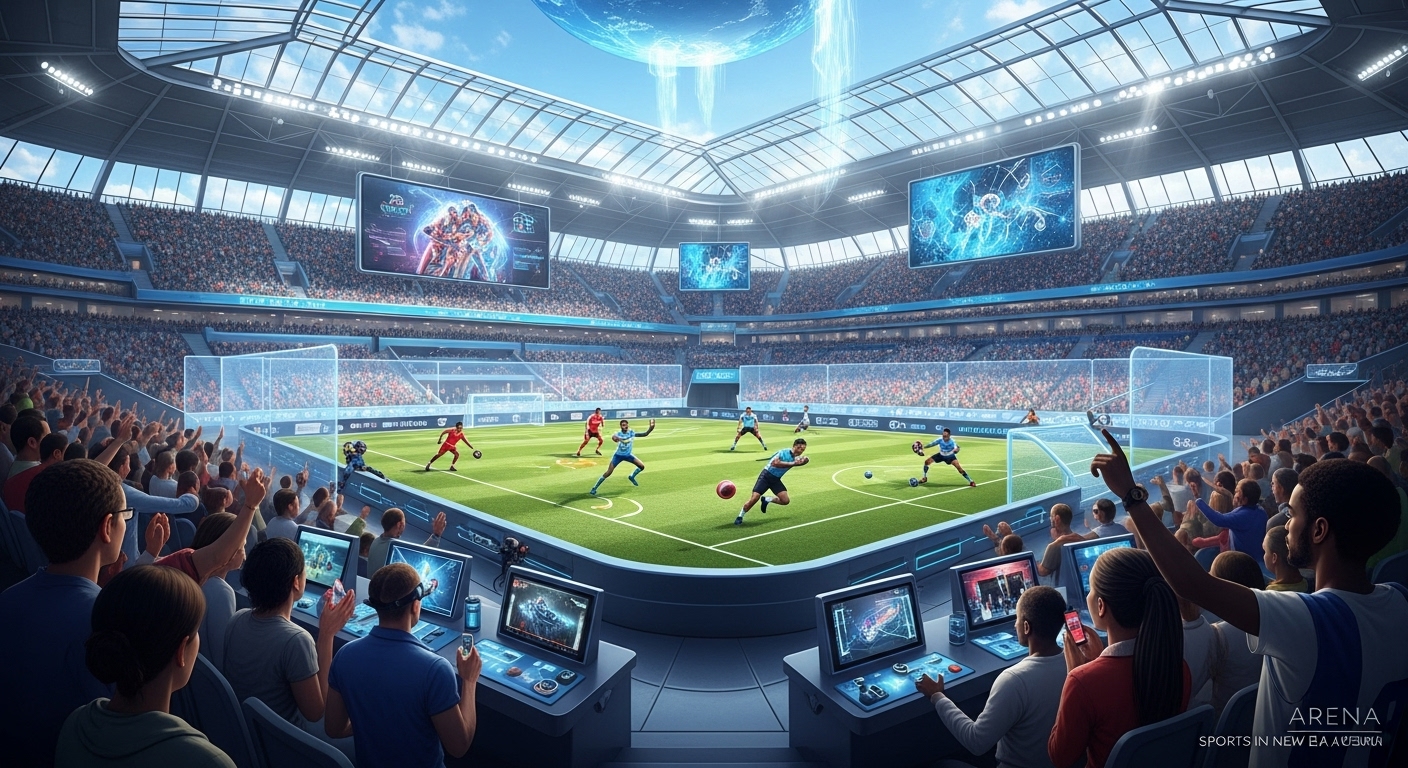So, let’s get into FPS. It’s one of those terms that gets tossed around a lot. First-Person Shooter. Frames Per Second. Both equally critical in gaming circles, but often diving into discussions about either tends to spark more debates and curiosity than definite answers. Everyone, from hardcore gamers to tech enthusiasts, has a different take on it. This isn’t a polished piece, more like notes from a coffee-fueled brainstorming session. But let’s dig in, explore a bit, maybe learn something new together.
First-Person Shooters: Gaming’s Longtime Staple
First-person shooters, often just called FPS games, are a genre where players experience action through the eyes of the protagonist. It’s like being in the movie. You’re not watching the hero; you are the hero. It’s immersive. It’s intense. Think games like “Call of Duty,” “Halo,” or “Half-Life.” These games capture the sense of being on the front lines, dodging bullets, and aiming for the win. The adrenaline rush can be addictive, and that’s part of the allure.
FPS games have a storied history. They evolved from simple pixelated shooters to complex, story-driven experiences. Want to dive deeper into the genre’s history? Check out this Wikipedia page on FPS games. It gives you the whole rundown from the early days to the modern era.
Why Are FPS Games So Popular?
There’s something about the perspective. You’re not just controlling a character; you’re looking through their eyes. The level of immersion is on another level. Plus, the challenge. Whether you’re going head-to-head against opponents in a multiplayer setting or battling AI in a single-player campaign, the competition drives engagement.
- Immersive storytelling
- High replay value
- Engaging multiplayer modes
- Skill-based gameplay
These factors contribute to why FPS games have such staying power. As technology progresses, these games get even more realistic, which brings us to the next point: Frames Per Second.
Frames Per Second: The Tech Side of Gaming
When gamers talk about FPS, they might also be referring to frames per second. This technical aspect is crucial for the smoothness of gameplay. Higher FPS can mean a more seamless gaming experience. But what exactly is it? You can check out this Forbes article for an in-depth look at what FPS means for gaming.
The Importance of FPS in Gaming
In simple terms, FPS is how many frames your screen displays per second. More frames generally mean smoother motion. For competitive gaming, every millisecond counts. You don’t want lag. You don’t want stutter. You want the game to react as fast as you do. It’s not just about graphics. It’s about performance.
Imagine playing a fast-paced shooter and your screen freezes, even for a second. That second can mean the difference between winning and losing. So, achieving high FPS becomes a priority for many gamers.
Optimizing for High FPS
To get that buttery smooth experience, gamers often tweak their systems. Lowering graphics settings, upgrading hardware, even overclocking CPUs. Each tweak can squeeze out more frames.
| Factor | Impact on FPS |
|---|---|
| Graphics Settings | High settings can lower FPS |
| Hardware Components | Better GPU/CPU can increase FPS |
| Background Processes | More processes can reduce FPS |
But hey, it’s also a science and art to balance visual beauty with gameplay performance. Hardcore players often find their sweet spot, where the game looks good but also runs fluidly.
Diving into Game Mechanics and Dynamics
Sure, FPS games are about shooting stuff, but there’s more under the hood. Game mechanics—the rules and systems that drive gameplay—are incredibly nuanced. Balance is crucial. Too easy, and players get bored. Too hard, and they get frustrated. Developers spend a lot of time fine-tuning these elements to strike the right balance.
There’s also the dynamic of multiplayer. Here’s where things get spicy. It’s not just about your skill. It’s about strategy, teamwork, quick thinking. It’s a battlefield of mind and reflexes. Curious about how fighting dynamics carry over to other areas of life and culture? You might find some insights in this other perspective on fighting dynamics.
Character Development in FPS Games
For a long time, people thought FPS games were shallow. Just shoot and move on. Not anymore. Nowadays, they’re packed with rich stories and complex characters. Sometimes, you’re not just a nameless soldier; you’re a character with a backstory, motivations, relationships.
This character depth adds layers of engagement. Players aren’t just playing for the thrill; they’re invested in the narrative, the world, and the characters within it. It’s a shift from old-school FPS games, where the narrative was often an afterthought.
The Cultural Impact of FPS Games
It’s not just about playing. FPS games have made a significant cultural impact. They’re part of pop culture. They influence movies, TV shows, and even music. They’ve created communities, online and offline. Clans, guilds, tournaments, conventions—whole ecosystems have sprung up around FPS games.
Remember when games were just for kids? That stigma is gone. Now, people of all ages dive into the FPS world. It’s a shared experience that transcends generations and cultures.
FPS Games and eSports
And then there’s eSports. FPS games have a massive presence in the competitive gaming scene. Games like “Counter-Strike: Global Offensive” and “Overwatch” are eSports staples, with tournaments offering huge prize pools and attracting millions of viewers. For many, playing FPS games isn’t just a hobby; it’s a career.
In this competitive world, players train rigorously, honing their skills to compete at the highest levels. It’s fascinating to see how a genre, once considered niche, has become a legitimate career path.
What’s Next for FPS Games?
Where do FPS games go from here? Good question. As tech evolves, so do games. Virtual reality is expanding, bringing even more immersive experiences. AI advancements could lead to more intelligent and challenging NPCs. And cross-platform play is becoming standard, making it easier for friends to connect across devices.
These advances will continue to change how we play, interact, and experience FPS games. It’ll be interesting to see how the genre continues to evolve and adapt to new technologies and player expectations.
The Role of Community Feedback
One thing that will always drive development is community feedback. Players continue to shape the future of FPS games by voicing their opinions. Whether it’s through forums, social media, or direct feedback to developers, the community plays a vital role in shaping what’s next.
So, if you’re passionate about FPS games, don’t hold back your thoughts. Developers are listening, and you could help influence the next big update or feature.
And that’s it for now. FPS games, in all their forms and facets, offer a rich tapestry of experiences and stories. From the technical aspects to cultural impacts, there’s always something new to explore. Whether you’re a seasoned veteran or just starting out, the world of FPS games has something for everyone.
FAQs about FPS
- What’s the difference between FPS and TPS?
FPS is first-person shooter, where you see through the character’s eyes. TPS is third-person shooter, where you see the character from above or behind. - How can I improve my FPS gameplay?
Practice is key. Also, adjust sensitivity settings, learn maps, and team play can enhance skills over time. - Why does FPS (frames per second) matter so much?
Higher FPS means smoother gameplay, which is crucial in fast-paced games for quick reactions. - Are there any FPS games for beginners?
Absolutely. Games like “Team Fortress 2” or “Overwatch” are more accessible for new players. - Is virtual reality going to change FPS gaming?
It already is. VR offers more immersive experiences, but it’s still growing and adapting.


